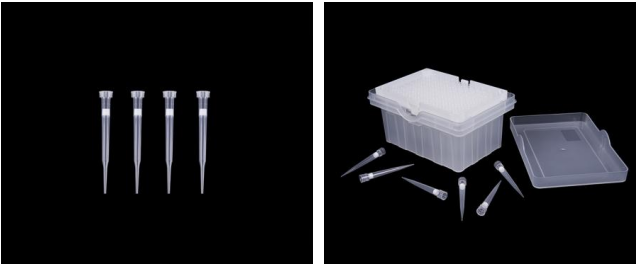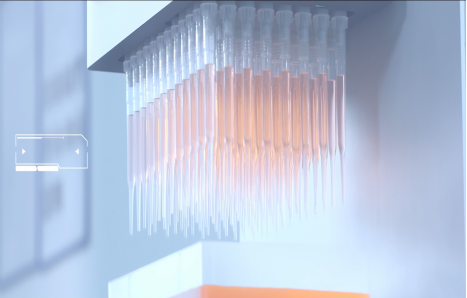Copyright © 2021 Suzhou Cotaus Biomedical Technology Co. Ltd. All rights reserved. Site Map Powered by 
Pipette Tips are disposable, autoclavable attachments for the uptake and dispensing of liquids using a pipette. Micropipettes are used in a number of laboratories. A research/diagnostic lab can use pipette tips to dispense liquids into a well plate for PCR assays. A microbiology laboratory testing industrial products may also use micropipette tips to dispense its testing products such as paint and caulk. The volume of microliters each tip can hold varies from 0.01ul all the way up to 5mL. Pipette Tips are made of molded plastics and are clear to allow for easy view of the contents. Micropipette tips can be purchased non-sterile or sterile, filtered or non-filted and all of them should be DNase, RNase, DNA, and pyrogen free.
There are different types of pipette tips that you can use, depending on your experiment or the model of pipette that you have. Let’s take a closer look at some of the more common types:
This type of pipette tip is best for labs with smaller budgets. You can get great deals when buying bulk pipette tips. Universal pipette tips are designed to fit onto many different pipette models. Of course, you should always double-check the diameter of your pipette’s barrel to be thorough, but in general, universal pipette tips should do the job. But you do still want to make sure your pipette tips are high-quality to get good results, so do some research before you buy.

Filter pipette tips, also called aerosol barrier pipette tips, are designed to prevent damage from aerosols. They contain a filter in the front area of the tip to keep any harmful solutions from entering the barrel and interfering with the experiment.

Low retention is a great attribute for your pipette tips to have. They retain very low amounts of liquid, ensuring that there is little to no liquid left inside the tip after dispensing. This helps keep measurements accurate. When using a standard pipette tip, there is sometimes some liquid left inside after dispensing. Low retention pipette tips don’t have this problem. They are made from a hydrophobic material, which keeps the liquid from staying inside the pipette tip.

One of the most commonly practiced methods in laboratories is liquid handling. Though it is typically hassle-free with larger quantities and the right lab supplies like beakers, volumetric flasks, graduated cylinders, etc., working with smaller or minute fluid volumes is when things can get tricky. For successful laboratory practices and experiments, there are two important factors to be considered:
Speaking of lab experiments like PCR, DNA isolation, or purification, pipette tips are vital and need excellent precision to handle minute fluid volumes. Again, the right pipette tips play a massive role in scientific experiments. Conversely, using faulty tools can skew results, which could have disastrous outcomes on the experiment. If your pipette tips aren’t appropriate or compatible with your pipettors, it can affect your experiment largely. Not only can it make your results inaccurate, but it also wastes time by forcing you to do the entire process over again.
If yes, you are in the right place. Con-Rem, a professional manufacturer and supplier of laboratory consumables, offers a wide range of pipette tips. Each pipette tip meets the specifications of pipette manufacturers. If you have any needs, please keep us informed and we are very glad to help you.